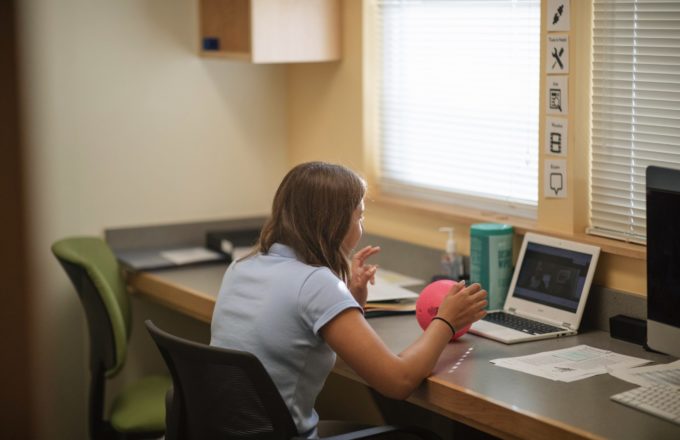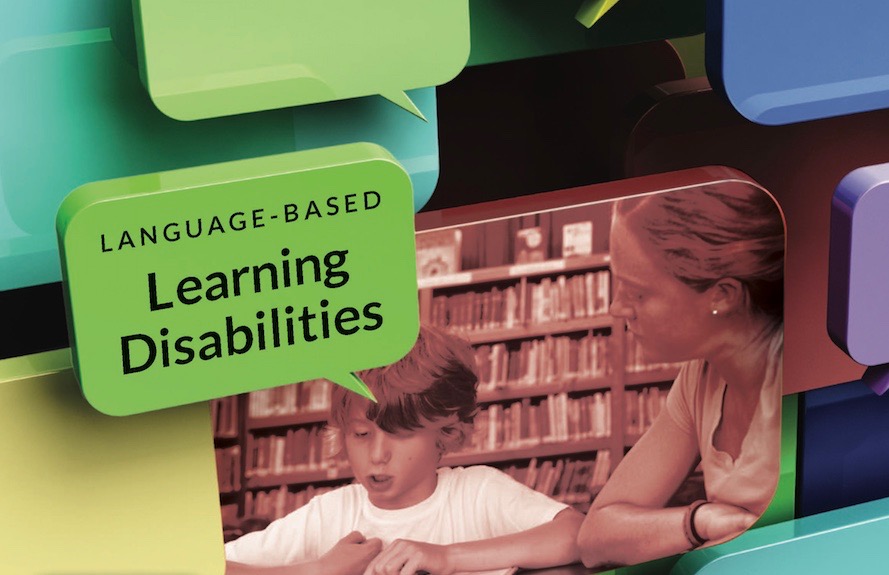Use the Five Senses to Boost Student Performance
When teachers use multi-sensory approaches, they are positioned to help students attain a deeper understanding of the material presented. At the most basic level, our brains perceive stimuli through the five senses—seeing, hearing, touching, tasting, and smelling. Studies show that most people learn best and retain the most information when ideas are presented in a multisensory fashion. Novice teachers are often advised to let the wisdom of Confucius guide their planning: “I hear and I forget. I see and I remember. I do and I understand.”
Consider these suggestions for implementing multisensory instruction:
1. Get students moving
When asking students to brainstorm information, instead of handing students a blank sheet of paper, try a Round-Robin Brainstorm. Post large pieces of paper with different topic ideas on the classroom walls. Place students in small groups to generate knowledge and questions on each sheet. At the end of a set time, have groups shift to the next paper, read what’s written, and add more, thus gaining exposure to and inspiration from others’ ideas.
When teaching how a bill becomes law in the United States, instead of only reading the textbook or looking at a diagram, try assigning students roles to research (e.g., congresspeople, senators, etc.) and doing a simulation.
2. Present essential concepts from the subject in multiple formats
When teaching Shakespeare, instead of only reading key scenes, try watching different versions of them online and identifying the different interpretations, or try performing scenes.
When teaching velocity and acceleration, instead of simply reading about it and doing the calculations, try building ramps and vehicles, testing them out, and talking about how these activities make the math real.
3. Make sure students are doing something with the information
When asking students to read the textbook for homework, instead of merely assigning reading, try asking them to list the main ideas on a sheet of notepaper, place sticky notes in the text with questions and ideas, or paraphrase the chapter summary.
When asking students to review for a test, instead of telling them to study, try putting key information or concepts on notecards or strips of paper, and ask students to categorize them (e.g., literary characters by quotes or traits, vocabulary with definitions, events with dates or cause/effect).
4. Offer options for students to demonstrate their knowledge
When it’s time to assess what students have learned, instead of always giving a multiple choice or essay test, try discussing with students other ways they can show what they’ve learned (e.g., a song, a play, a tabletop demonstration, or a short film). These different projects can all fulfill the objectives you set.



